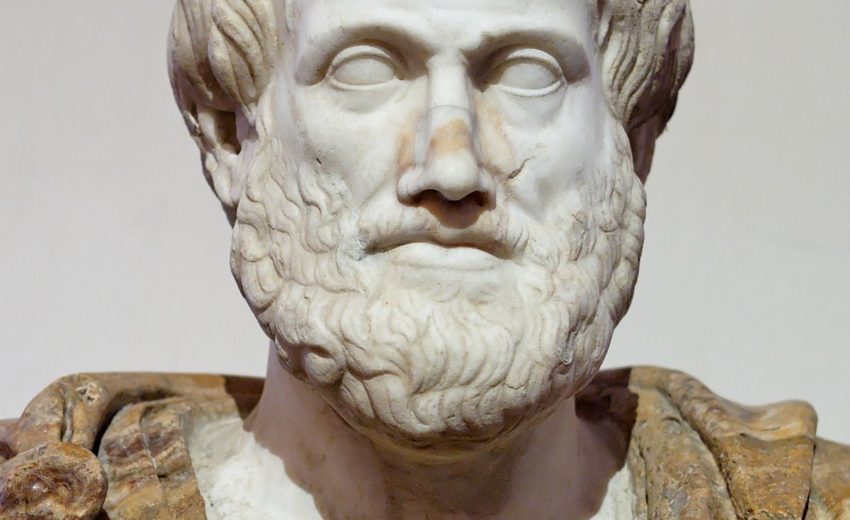
Aristotle, The Athenian Constitution
The Constitution of the Athenians, also called the Athenian Constitution, is a work by Aristotle or one of his students. The work describes the constitution of Classical Athens, commonly called the Aeropagite constitution. It was preserved on two leaves of a papyrus codex discovered at Oxyrhynchus, Egypt in 1879.
The Constitution of the Athenians (in ancient Greek Ἀθηναίων πολιτεία, Athenaion Politeia) describes the political system of ancient Athens. Some ancient authors, such as Diogenes Laërtius, state that Aristotle assigned his pupils to prepare a monograph of 158 constitutions of Greek cities, including a constitution of Athens.
The work consists of two parts. The first part, from Chapter 1 to Chapter 41, deals with the different forms of the constitution, from the trial of the Alcmaeonidae until 403 BC. The second part describes the city’s institutions, including the terms of access to citizenship, magistrates, and the courts.
The text was published in 1891 by Frederic George Kenyon. Shortly after, a controversy arose over the authorship of the work that continues today.
Download
Aristotle_The Athenian Constitution.pdf
Aristotle_The Athenian Constitution.txt
Aristotle_The Athenian Constitution.html
Aristotle_The Athenian Constitution.jpg
Aristotle_The Athenian Constitution.zip



